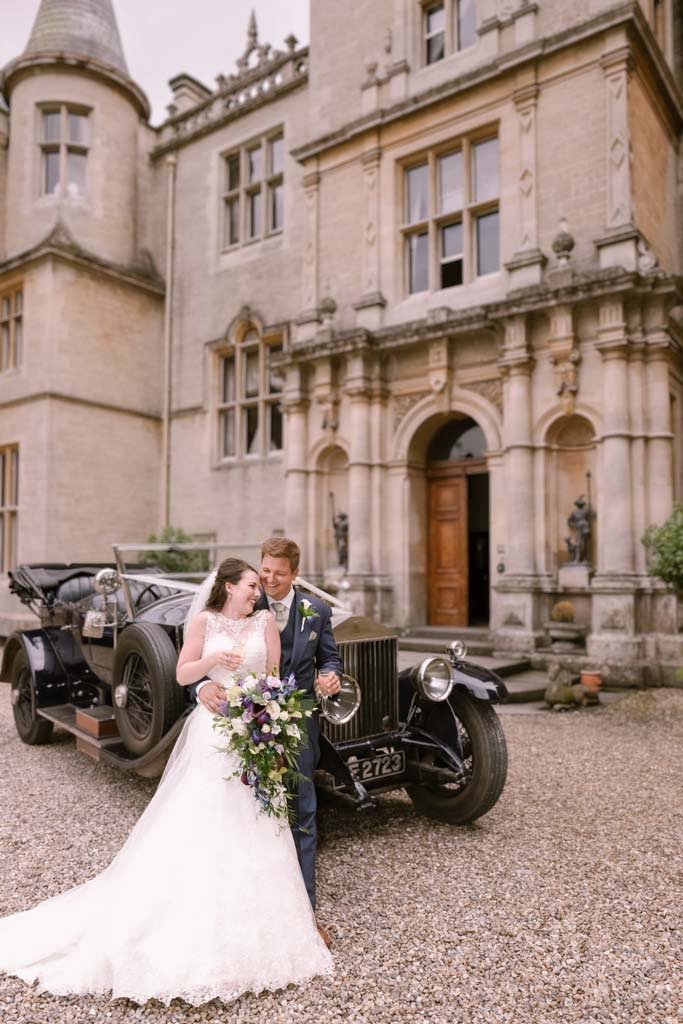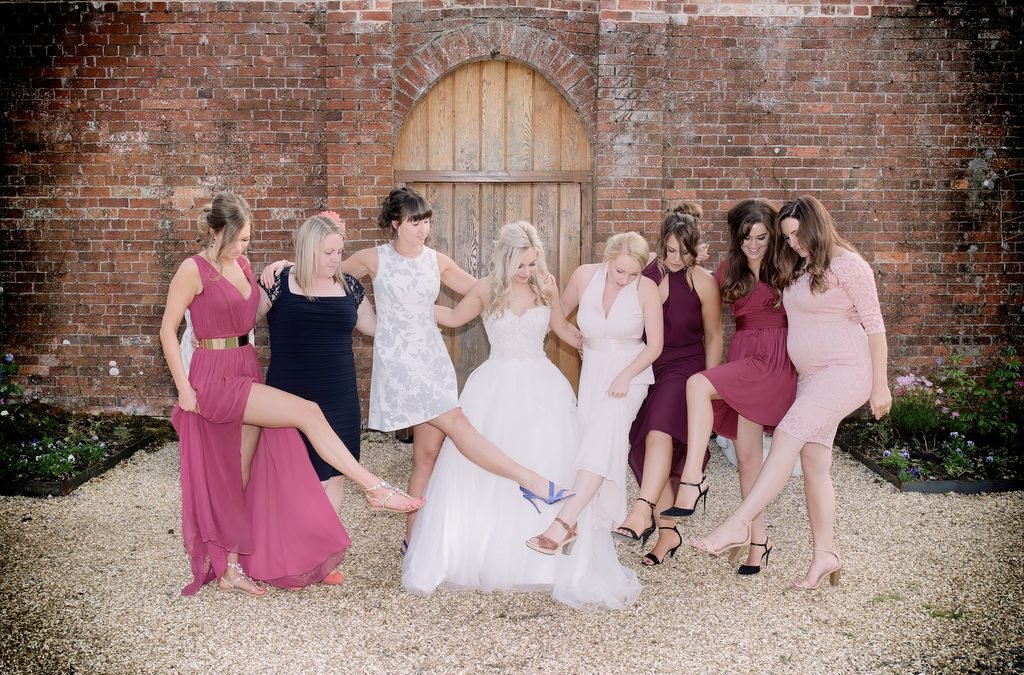Breaking the Rules
Welcome to this in-depth article on photography. We’ll explore various aspects, including the exposure triangle, zone system, aperture, ISO, shutter speed, lighting, and composition. Additionally, we’ll discuss the legendary Ansel Adams and why breaking the rules can produce extraordinary results.
The Exposure Triangle: Aperture, ISO, and Shutter Speed
Understanding the exposure triangle is crucial for every photographer. It consists of three elements: aperture, ISO, and shutter speed. These factors determine the exposure, or the amount of light captured in a photo.
Aperture: Controlling the Amount of Light
Aperture refers to the opening in a camera lens that allows light to enter. The size of the aperture controls the amount of light entering the camera. Aperture is expressed in f-numbers, such as f/2.8, f/4, or f/5.6. Smaller f-numbers indicate larger apertures, while larger f-numbers indicate smaller apertures.
ISO: Adjusting the Sensor’s Sensitivity
ISO measures the sensitivity of a camera’s sensor to light. Higher ISO values result in increased sensitivity, allowing you to capture images in low-light situations. However, increasing the ISO can also lead to increased noise or grain in the image.
Shutter Speed: Determining Exposure Time
Shutter speed is the amount of time the camera’s sensor is exposed to light. Faster shutter speeds freeze motion, while slower shutter speeds create motion blur. Shutter speed is expressed in seconds or fractions of a second (e.g., 1/60 or 1/2000).
Ansel Adams’ Zone System: Mastering Exposure
The zone system, developed by Ansel Adams, is a method for determining the optimal exposure in a photograph. It divides the tonal range into 11 zones, from pure black (Zone 0) to pure white (Zone X). Photographers use the zone system to identify the correct exposure for their subject, ensuring that the desired tonal values are preserved in the final image.
Essential Aspects: Lighting and Composition
Lighting and composition are fundamental aspects of photography. Mastering these elements can significantly enhance your photographs.
The Role of Lighting in Photography
Lighting plays a crucial role in photography, as it determines the mood, atmosphere, and overall appearance of a photo. There are various types of lighting, such as natural, artificial, and mixed lighting. Understanding how light affects a scene is crucial for capturing compelling images.
Techniques for Effective Composition
Composition is the arrangement of elements within a photograph. Effective composition can draw the viewer’s attention to the subject and create a sense of balance and harmony. Some common composition techniques include the rule of thirds, leading lines, and symmetry.
Breaking the Rules: Unleashing Creativity
While following established rules and guidelines can produce visually appealing photographs, sometimes breaking the rules can lead to extraordinary results. Embracing creativity and experimentation allows you to develop your unique style and capture truly memorable images.

Enhancing Your Photography Skills: Equipment and Learning Resources
High-quality equipment is essential for capturing stunning photographs. Top camera manufacturers, such as Canon, Sony, and [Fujifilm](https://fujifilm-x.com/global/products/cameras/), offer a wide range of cameras to suit different needs and budgets. Investing in a good camera is crucial for producing high-quality images.
Continual learning is also essential for photographers. Books, online courses, and workshops can help you improve your photography skills. Check out the following internal links for valuable insights and tips:
- A Wedding Photographer’s Behind-the-Scenes Journey
- Photojournalist Wedding Photography
- Reportage Wedding Photography
- Why Book a Local Wedding Photographer
- The Rise of Amateur Photography in the Age of Technology
Wedding Photography: Capturing Unforgettable Moments
Wedding photography is a specialized field that requires expertise, creativity, and professionalism. A top wedding photographer will capture the essence of the big day, preserving memories for years to come. Reviews on Google can provide valuable insights into a photographer’s skill and reputation.
Finding a local wedding photographer has its advantages, such as familiarity with the area and venues. To discover talented wedding photographers near you, consider exploring online directories or asking for recommendations from friends and family.
Further Reading on Wedding Photography
For more information on wedding photography, check out these informative articles:
- Orchardleigh House Wedding Photographer
- What Every Bride Wants
- Your Wish Wedding List
- Colour Your Wedding with Love and Style
- Find the Dress That Makes You Feel Like Wow
- Get Hitched in Las Vegas
- A Fairytale Wedding
- A Journey Through Wedding Trends
- Best Wedding Videographer Bath
- Dos and Don’ts: Capturing Your Big Day
In conclusion, photography is a complex and fascinating field, encompassing various technical aspects, such as the exposure triangle, the zone system, aperture, ISO, shutter speed, lighting, and composition. By understanding these elements and embracing creativity, photographers can develop their unique style and capture extraordinary images. Additionally, wedding photography offers a specialized and rewarding opportunity for photographers to preserve unforgettable moments for couples and their families.

